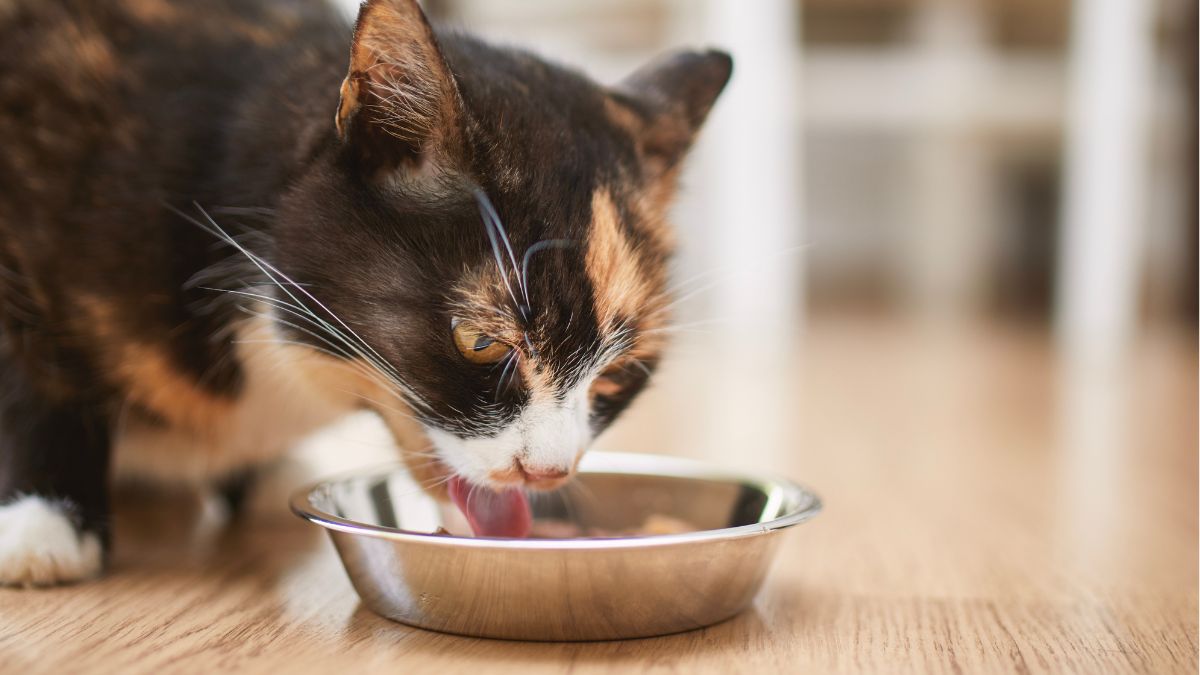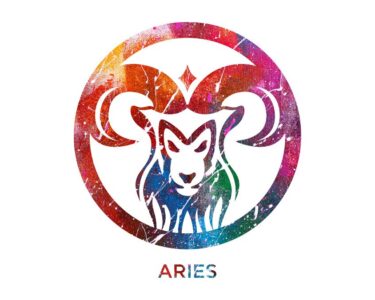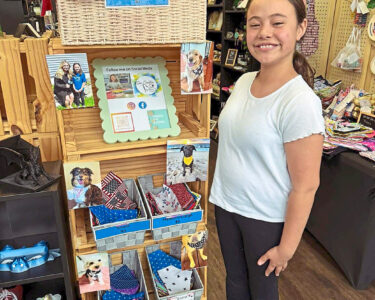Pet parents, take note: recent cases of bird flu in cats have been linked to contaminated raw pet food. The Food and Drug Administration (FDA) is urging manufacturers to improve food safety plans and providing guidance for pet owners to protect their furry friends from H5N1 exposure. Here’s what you need to know.
The FDA issues new guidance for pet food safety
On January 17, the FDA told pet food companies that use raw or unpasteurized ingredients from poultry or cattle to update their safety plans to address the risk of bird flu. These safety plans, required by FDA rules, must identify potential dangers in the food they make, process, or store and include steps to prevent those risks.
“The reanalysis is necessary to respond to the recent domestic cat illnesses and deaths described above and to scientific data indicating that cats and dogs have become ill from consuming H5N1 virus,” the agency said. “Manufacturers that implement a preventive control for the H5N1 hazard as a result of their reanalysis will be taking an important step toward protecting cat and dog health and helping to prevent spread of H5N1. Addressing H5N1 will require a concerted effort across sectors, including by government, businesses, and consumers.”
So, what exactly is the FDA asking these companies to do? Officials say practices should include sourcing ingredients from flocks or herds that are healthy; taking processing steps, such as heat treatment, that are capable of inactivating viruses; or implementing a supply-chain method that assures ingredients used in animal food do not come from H5N1-infected animals.
Can bird flu contaminate pet food?
According to the American Veterinary Medical Association (AVMA), multiple cases of bird flu in pets have been linked to raw diets containing poultry such as duck, turkey or chicken contaminated with the virus.
In December 2024, pet food company Northwest Naturals issued a voluntary recall of one batch of its 2-lb Feline Turkey Recipe raw frozen pet food after it tested positive for H5N1.
The recall affects products with “best if used by” dates of May 21, 2026, and June 23, 2026. The contaminated pet food was distributed in Arizona, California, Colorado, Florida, Georgia, Illinois, Maryland, Michigan, Minnesota, Pennsylvania, Rhode Island and Washington, as well as in British Columbia, Canada.
The action followed the death of a house cat in Washington County who contracted H5N1 after consuming the raw frozen pet food. Testing conducted by the Oregon Veterinary Diagnostic Laboratory (OVDL) at Oregon State University and the U.S. Department of Agriculture’s (USDA) National Veterinary Services Laboratories (NVSL) indicated a genetic match between the virus in the food and the infected cat.
In a separate case, the Los Angeles County Department of Public Health (LACDPH) issued a warning stating that a house cat with a laboratory-confirmed bird flu had consumed raw pet food from Monarch Raw Pet Food, and four other cats in the same household were presumed to have contracted the virus after consuming the same product. The brand’s products were sold at farmers’ markets in Laguna Niguel, Orange, San Jacinto and Fountain Valley, California.
Why cats are particularly susceptible to bird flu
Before the current outbreak, cats were known to be susceptible to the H5N1 virus with several feline cases linked to poultry or wild bird exposure before the virus was first detected in dairy cattle, the AVMA says.
In addition to unpasteurized milk and raw or undercooked meat, potential sources of infection in cats include raw colostrum and other unpasteurized dairy products (like cream), exposure to infected wild birds or poultry and exposure to people who work on affected farms.
How to protect your pets from H5N1
The good news is that bird flu in pets is preventable. The AVMA urges cat owners to avoid feeding cats any dairy products or colostrum that have not first been pasteurized or thoroughly cooked to kill the virus; thoroughly cook meat before feeding, and avoid feeding them raw meat-based treats or diets; keep cats indoors to prevent exposure to birds and other wildlife and avoid contact with sick or dead birds and other wildlife yourself.
It’s also important to keep cats away from livestock, poultry and their environments; thoroughly wash your hands after handling your cat and after any encounters with poultry, livestock, or wild birds and other animals; change your clothes and shoes and thoroughly wash any exposed skin after interacting with sick or dead animals that may harbor the H5N1 virus, and before interacting with your cat.
Signs of bird flu in cats: what to watch for
Of course, you should immediately contact your veterinarian if you notice signs of bird flu or think your cat might have been exposed to the virus.
Early symptoms of the virus in cats are commonly loss of appetite, lethargy and fever. Sickness then tends to quickly progress to neurologic signs (lack of coordination, circling, tremors, seizures or blindness); severe depression; excessive discharge from the eyes and nose; respiratory signs such as rapid, shallow breathing, shortness of breath and possibly sneezing or coughing.






